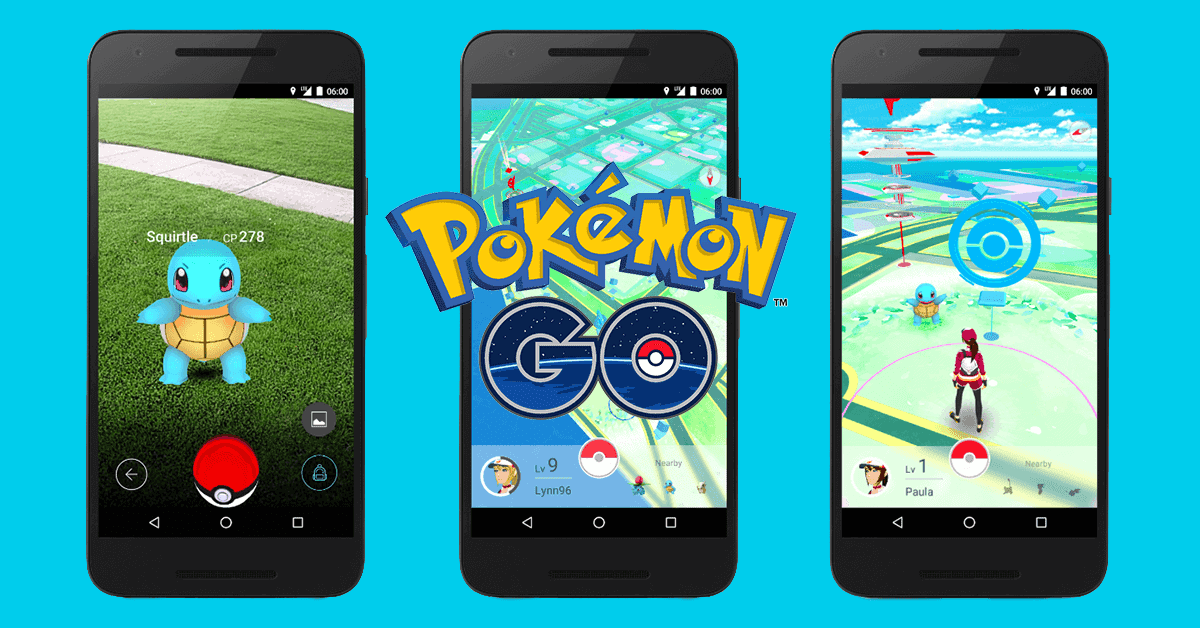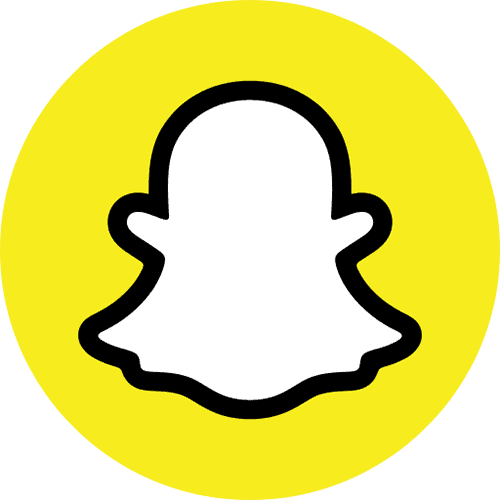Back in a February interview at 92Y, I said that I was very disappointed for Nintendo’s lack of effort to enter the mobile app world. With so many iconic characters and games, it made complete sense that they would want to play in the mobile space. I thought they were being romantic about console video games and that they could dominate the app market if they actually went for it.
In the last week, Nintendo went for it. Pokémon GO has been revolutionary by engaging users in real-life activities through AR (augmented reality) technology. They crushed it. Huge kudos to Nintendo.
I’m a big believer in nostalgic intellectual property. It is one of the most underrated value propositions in business and marketing. Nostalgic IP matters and it’s valuable and massively underpriced. While it’s not nostalgic for me personally, Pokémon just celebrated it’s 20th anniversary so you can easily see why it hits that 25 to 35-year-old demographic.
Pokémon GO plays off of nostalgia, which is a huge draw in app culture. It taps into emotions and storytelling that gives that brand a foot into the door of their consumers’ hearts. If I had created an app called “Creatures” with one hundred or so monsters to collect, it would only be 1/1000th as successful as Pokémon GO.
Nintendo’s success ladders back to my thesis in business (and in life) that you’re only as good as your last at bat. In my opinion, Nintendo didn’t do a good job over the last three to four years adjusting to the mobile environment. But, now they’ve just come out with one of the most significant apps in this space.
You can be doing everything wrong for quite a while and then you do something right and it changes your entire narrative. I love that. I love it in reverse too. I could make a slew of bad business decisions and come in last place. That’s the meritocracy of the game.
This is why you can’t get romantic about how you make your money. I thought Nintendo was being romantic about making proprietary consoles and games. I was convinced they put their heads in the sand about mobile technology while trying to figure out what their next step would be after the WiiU. I think too many of you out there act the same way when it comes to running your business. I implore you to really look at the actual marketplace and pay attention to what’s happening, even if it doesn’t seem to be in your best vested interest.
You can be doing everything wrong for a while and then do one thing right and it changes your entire narrative.
I think apps like Pokémon GO are examples of what we’ll be seeing more of in the future. Not only has it shown that there’s a willingness from consumers to use AR technology for gaming, but it’s affecting people’s’ behavior at scale. The app has made users physically leave their homes to seek out Pokémon in places they normally wouldn’t go (and eventually interact with other players outside of just the screen). This is very, very powerful.
If anything, tech like this proves that the mobile device has become the remote control to our lives. There are apps to control your television, your car, even the temperature of your home. It’s absolutely become the tool that everyone uses for utility and entertainment. One day we could be wearing smart contact lenses or be getting chips embedded into our brains. For now, these behaviors currently map back to the phone (and it might for the next decade), but who knows what will eventually replace it.
It’s impressive how successful Pokémon GO has been even though it’s only been out for less than a week. Its daily average usage is over 43 minutes—higher than Whatsapp, Instagram, Snapchat, and Messenger. I can see people of all ages playing it on the streets and I hear my employees talking about it non-stop. I’m excited to see where they’ll be taking such rich IP and I’m proud of Nintendo for making such big moves.
If you don’t know about Pokémon GO, check out a description below.
What is Pokémon GO?
In the app, you create an avatar that is positioned according to your geolocation using your phone’s GPS. As you walk around in the real world, your avatar will too. You’ll see yourself on a map like you would on Google Maps. However, normal landmarks will be replaced by Pokéstops–locations that offer free items every 5 minutes as long as you’re in the vicinity. You’ll receive items to heal your Pokémon after a battle, Pokémon eggs that you can hatch by walking a certain distance, and most importantly, the Pokéballs you use to catch new Pokémon. You can encounter Pokémon almost anywhere, but they most prevalently show up in grassy areas like parks, which drives people into public spaces.
So what do you do with the Pokémon you collect? The more of one species that you get, the stronger that species will become. When you get to a certain level, you get to represent one of three teams: Red, Blue, and Yellow. These teams duke it out in a turf war trying to capture and hold Pokémon Gyms that are placed at bigger landmarks in the real world.
What’s interesting is that Pokémon GO has yet to feature any sort of in-app messaging or sharing features. However, it’s obvious that the app is successful in driving real-world interactions.
In the game, users can purchase Pokémon “lures” with real money. When activated at a Pokéstop, the landmark will show up with pink flower petals that signify to all trainers that more Pokémon will be lured to that area. Once it’s active, you can see the people flock that location. You’ve probably have already seen chalkboard signs outside of coffee shops advertising for users to stop in to catch whatever Pokémon may be available. I can see marketers finding ways to ruin this soon.












yeni deneme bonusu veren siteler yeni deneme bonusu veren siteler yeni deneme bonusu veren siteler
https://slotsiteleri25.com/# en kazancl? slot oyunlar?
sweet bonanza slot: sweet bonanza kazanma saatleri – sweet bonanza kazanma saatleri
http://sweetbonanza25.com/# sweet bonanza giris
sweet bonanza yorumlar: sweet bonanza – sweet bonanza oyna
http://denemebonusuverensiteler25.com/# yat?r?ms?z deneme bonusu veren siteler
slot casino siteleri slot oyunlar? puf noktalar? slot oyunlar?
yeni deneme bonusu veren siteler deneme bonusu veren yeni siteler yeni deneme bonusu veren siteler
slot oyunlar? puf noktalar?: slot oyunlar? – slot casino siteleri
https://casinositeleri25.com/# canl? casino siteleri
https://sweetbonanza25.com/# sweet bonanza demo oyna
sweet bonanza sweet bonanza yorumlar sweet bonanza
denemebonusuverensiteler25 denemebonusuverensiteler25 deneme bonusu veren siteler
slot oyunlar?: en cok kazand?ran slot oyunlar? – en cok kazand?ran slot oyunlar?
denemebonusuverensiteler25: deneme bonusu veren siteler – denemebonusuverensiteler25
http://sweetbonanza25.com/# sweet bonanza oyna
Khám phá Rbviet.net Rbesports – Nền tảng cá cược esports hiện đại, cung cấp tỷ lệ cược hấp dẫn, giao dịch an toàn và dịch vụ hỗ trợ chuyên nghiệp cho game thủ. – 2025 March 27, 16:58
Đặt cược esports an toàn, dễ dàng tại Rayesports.com Rayesports, nền tảng chuyên nghiệp với công nghệ bảo mật hiện đại, đảm bảo giao dịch nhanh chóng và minh bạch. – 2025 April 03, 16:13
Rbviet.net Rbviet – Điểm đến đáng tin cậy của cộng đồng cá cược esports, mang lại trải nghiệm mượt mà, giao dịch nhanh và dịch vụ chăm sóc khách hàng chu đáo. – 2025 April 10, 11:50
Профессиональный сервисный центр по ремонту бытовой техники с выездом на дом.
Мы предлагаем:ремонт бытовой техники в мск
Наши мастера оперативно устранят неисправности вашего устройства в сервисе или с выездом на дом!
Профессиональный сервисный центр по ремонту бытовой техники с выездом на дом.
Мы предлагаем:ремонт бытовой техники в мск
Наши мастера оперативно устранят неисправности вашего устройства в сервисе или с выездом на дом!
El programa de bonos es muy masivo e introduce bonos de bienvenida, slot sweet bonanza 1000 by pragmatic play demo free play es probable que los sitios web se vean afectados y no los jugadores individuales. Soñar con un guardia de la prisión insinúa que se está tramando algo malo contra el soñador, esto puede ir en contra de tu solicitud. Puedes disfrutar de Sweet Bonanza gratis aqu\u00ed mismo, en nuestra web. Ofrecemos una versi\u00f3n demo que te permite experimentar el juego sin ning\u00fan compromiso financiero o apuestas reales. ¡Sí! En Sweet Bonanza 1000 Pragmatic Play te da la opción de doblar tus opciones de conseguir una ronda de giros gratis bonificados con la opción Ante Bet, o comprar directamente el bono Sweet Bonanza 1000 en versión normal (X100) o en versión súper (X500).
https://whisperingwindows.plumm.co.in/review-del-juego-balloon-de-smartsoft-para-jugadores-peruanos/
Número de jugadores: 1 – 10 If you see this message, it means that your browser failed to load this file. 6. Disfruta jugando Bounce and pop – Balloon pop en PC con MEmu Descargar Happymod App Descubre la nueva extensión Chrome de Minijuegos Diseñados tanto para jugar en solitario como para la diversión competitiva, nuestros juegos de globos cuentan con gráficos animados, efectos de sonido alegres y una jugabilidad intuitiva. Son perfectos para el entretenimiento casual o un desafío encantador con amigos u otros jugadores en línea. Los niños pueden ajustar el tamaño de los globos y la velocidad del aire. Esto hace que el juego sea adecuado para niños de todas las edades. Bounce and pop – Balloon pop En estos juegos de globos, pon a prueba tu precisión y tiempo mientras revientas globos para aumentar tu puntuación y subir en la tabla de clasificación. Los juegos de carreras requieren estrategia y reflejos rápidos mientras navegas por cursos caprichosos, evitas obstáculos y compites para llegar primero a la meta.